Fig Tree Lifespan – How Long Do They Live?
Fig trees have an impressive lifespan, ranging from 50 to 100 years. They thrive with care and patience, providing bountiful fruits for decades. From your school years to your professional life, fig trees stand the test of time!
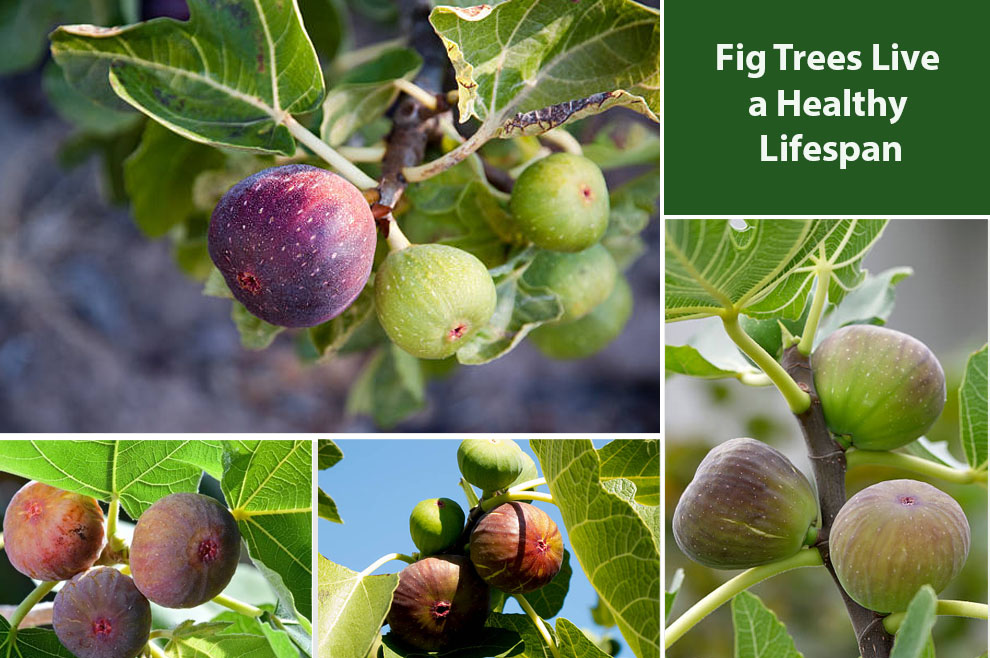
Fig, known for their delectable sweetness, are borne from trees with an extraordinary lifespan. These arboreal wonders can endure many decades.
While fig trees easily live for 50-100 years, astonishingly, a few have graced the Earth for more than two centuries. The Fig tree’s lifespan can depend on a medley of elements.
Adequate light exposure, varietal distinctions, consistent water routine, and optimal growth circumstances all have a significant role.
Moreover, crucial nutrients and the prevailing temperature levels can contribute to the fig tree’s longevity as well. These beautiful trees flourish with this interplay of factors, offering generations a taste of their enduring succulent bounty.
How Long Can A Fig Tree Live?
Fig trees, known for their sweet fruits, have an exceptionally long lifespan. It typically varies from several decades to centuries. These mesmerizing beauties can exemplify nature’s enduring resilience and beauty.
A. The average lifespan of a fig tree
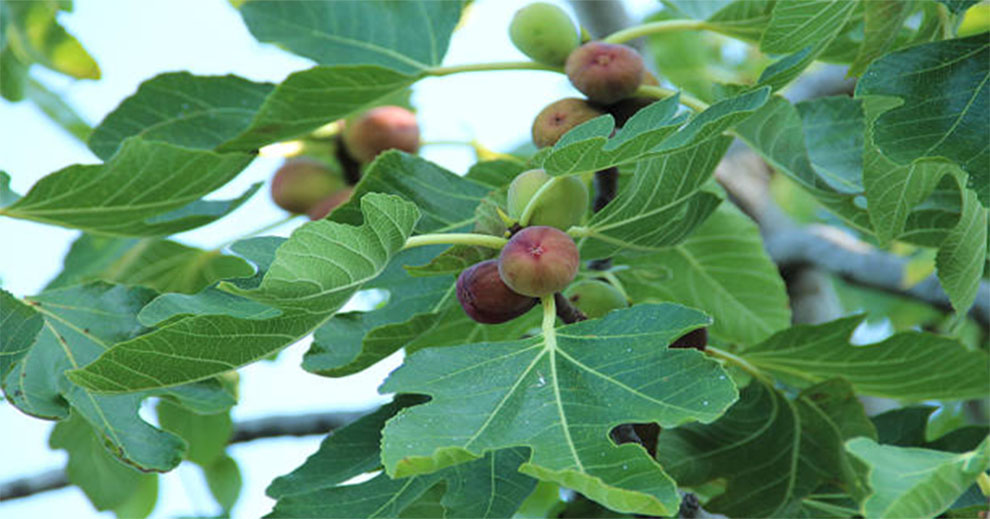
The average lifespan of a fig tree usually spans several decades, with several trees enduring for about 50-100 years. But with attentive care and favorable conditions, some fig tree varieties can live for over a century.
These remarkable trees, celebrated globally for their luscious fruits, owe their extended lifespans to a delicate balance of variables.
Factors such as nutrient availability, species or the fig tree variety, apt and consistent watering, access to adequate sunlight, climate, and optimal soil conditions determine how long do Fig trees live.
By offering these crucial elements, fig trees stand as enduring symbols of nature’s capacity for sustained vitality and the enduring allure of their succulent and sweet fruits.
B. Exceptional cases of fig trees living a long lifespan
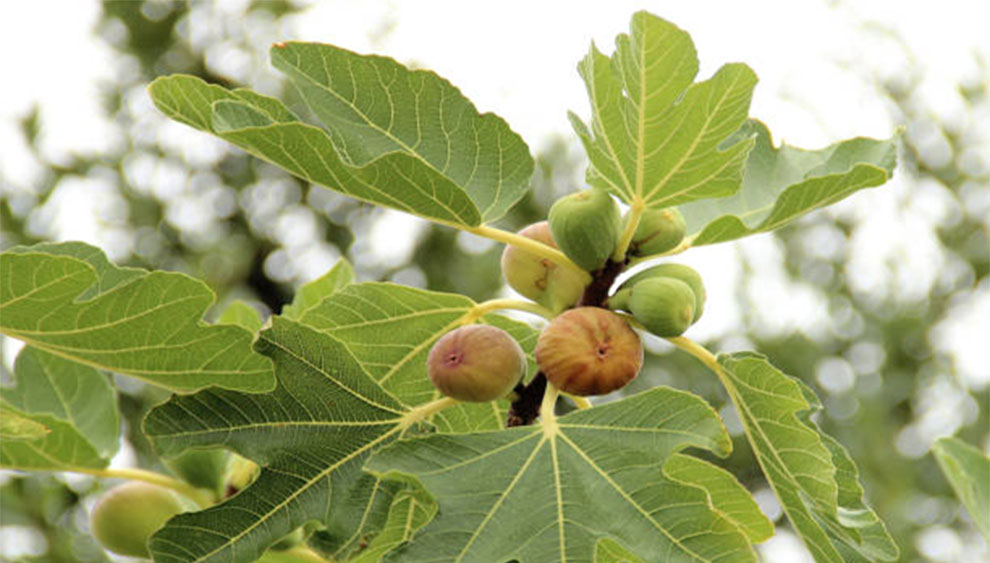
In exceptional cases, some fig trees defy their conventional limits, surpassing even the most venerable variety.
Some extraordinary plants within the species have been documented to last for astonishingly extended durations, reaching well over two centuries.
These exceptional specimens, revered for their resilience, serve as a living testament to nature’s tenacity.
Factors like meticulous care, ideal growing conditions, and a combination of genetic predispositions result in an awe-inspiring Fig tree.
As they stand tall over time, these ancient fig trees exemplify the profound capacity of the natural world to endure and foster life, offering a living testament to the centuries gone by.
C. Varying lifespans of different fig tree species
There is a notable disparity in the Fig tree life expectancy in different species. For instance, the Brown Turkey fig tree, a prevalent cultivator, usually lives for 50-75 years.
On the contrary, the Celeste variety is well-known for its longevity. It typically thrives for over a century.
The Brunswick fig tree has an intermediate life range. Its lifespan usually ranges between 80 and 100 years.
Furthermore, the Adriatic fig tree can live for as long as two centuries (or more) under optimal conditions.
These diverse lifespans amongst the different fig tree varieties underscore the influence of horticultural care, environmental factors, and genetics in determining the duration of these cherished arboreal companions.
How Long Can Fig Trees Live Indoors?
While mostly planted outdoors, Fig trees can thrive indoors. However, their lifespan is relatively shorter there compared to their outdoor counterparts.
When receiving proper care, the fig trees can live for approximately 15 to 25 years indoors. But factors like controlled temperature, adequate sunlight, and regular watering are crucial.
Occasional repotting and pruned roots can help extend their life. Some well-maintained indoor fig trees typically surpass this range, reaching up to three decades.
Of course, they still do not live as long as those in their natural habitat, but the indoor figs offer lush foliage and delightful fruits for dedicated enthusiasts.
How Long Do Fig Trees Live In Water?
Sadly, the fig trees are not adapted to grow in water permanently. But they can survive in water briefly. Without proper aeration, access to soil, and nutrients, the tree’s health deteriorates over time.
Hence, you must offer the fig trees with apt care and well-draining soil to ensure their longevity. Please know attempting to grow Figs solely in water is not recommended and may result in their eventual decline.
Factors Influencing Fig Tree Lifespan
Below, we will take you through some prominent factors that influence a fig’s lifespan, shedding light on how to grow figs. These elements are a contributing factor for figs enduring presence in the natural world.
A. Fig tree variety
The specific fig tree species you chose to grow impacts its lifespan. For instance, the Desert King, known for its robust longevity, typically flourishes for seven to nine decades.
On the contrary, the Petite Negra variety has a moderate lifespan, usually from six to eight decades.
The Olympian Fig has an intermediate range, with a lifespan spanning between eight to ten decades.
This diversity in lifespans amongst the different fig tree varieties highlights how genetics are often detrimental in shaping the duration of these arboreal companions.
B. Environmental factors
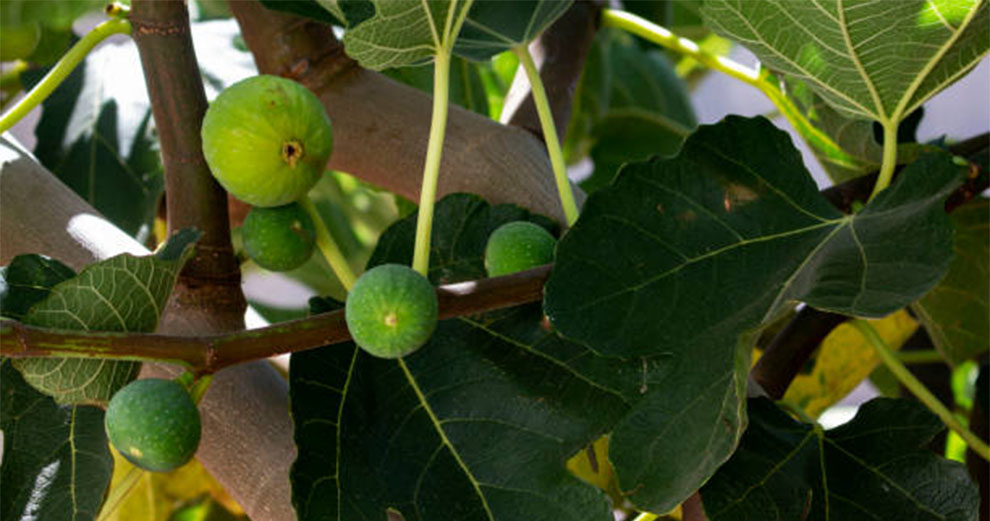
Multiple environmental factors determine the Fig tree’s time on the planet. These are as follows:
1. Climate
Climate has a quintessential role in determining the fig tree’s lifespan. These trees usually thrive in sub-tropical to temperate regions. They are best suited for areas with mild winters and warm summers.
Extreme cold or frost can be detrimental, typically shortening their lifespan. Furthermore, fig trees growing in consistently arid and hot climates need additional effort to avoid stress and extend longevity.
2. Soil conditions & nutrients
Optimal nutrient availability and soil conditions are crucial factors for a fig tree’s longevity. Well-draining soil rich in organic matter offers a stable foundation for robust root growth.
Adequate nutrition, especially potassium, supports fruit production and growth. Regular soil inspection and feeding ensure that the fig tree has access to all the vital elements necessary for survival, ultimately influencing its lifespan.
3. Sun & Humidity
The fig trees thrive in full sun. They need at least six hours of direct sun daily. Insufficient light may result in reduced fruit production and weak growth.
Furthermore, fig trees thrive in moderate humidity, primarily in Mediterranean or coastal regions. Proper humidity helps with healthy fruit and foliage development, contributing to the tree’s longevity.
4. Spacing
Sufficient space is imperative for the fig tree’s longevity. The figs can grow to substantial heights and widths. But it is possible when they have adequate room for their canopy and roots.
Overcrowding results in competition for water and nutrients, potentially shortening the lifespan of fig trees.
Adequate spacing also enables proper air circulation, lowering the susceptibility to pests and diseases, further adding to the tree’s overall longevity and health.
B. Fig tree care and maintenance
Proper care and maintenance are crucial for the trees to live a healthy lifespan. Here are some factors that are imperative for good Fig tree care:
1. Pruning fig trees
Pruning is an essential aspect of Fig tree maintenance and care. Regular pruning helps control the tree’s shape and size and promotes healthy growth.
It also enables you to remove diseased or dead branches, amplifying the tree’s aesthetic appeal and preventing potential harm to the overall health.
Strategic trimming also aids in air circulation, significantly reducing the susceptibility of fungal infections.
Furthermore, it stimulates new fruit production and growth. Prune in early spring or late winter while the tree is dormant. Careful, well-timed pruning is imperative in ensuring the fig tree’s productivity and longevity.
2. Watering fig trees
Proper watering also helps maintain the fig tree’s longevity and health. Once established, the fig trees are primarily drought-tolerant, but consistent watering in the early years is vital.
Figs thrive in well-draining soil. Hence, avoid waterlogged conditions. Infrequent but deep watering can help with drought resistance and deep root growth.
During hot summers and dry spells, you can provide the tree with a deep, slow soak. It can do more for the tree than frequent or shallow watering.
Mulching around the base helps with moisture retention and regulates soil temperature. Monitoring soil moisture levels and adjusting the watering practices helps ensure the fig tree’s sustained vitality.
3. Pest Control
Effective pest control is crucial to preserve the fig tree’s health. Typical pests like scale insects, aphids, and spider mites can damage the plant if left unmonitored.
Regular branch and leaf inspection helps with early infestation detection. Natural predators like ladybugs or releasing beneficial insects help keep pest populations in check.
Insecticidal soaps and horticultural oils offer non-toxic control measures. Neem oil, a natural insecticide, helps. Integrated pest management with several strategies provides a sustainable approach to guarding the fig trees against harmful infestations.
Related: Fig tree winter care
Can You Increase The Lifespan Of A Fig Tree?
Yes.
Several practices contribute to extending the fig tree’s lifespan. Proper maintenance and care are paramount. It includes regular pruning to eliminate diseased and dead branches, promoting health growth.
Adequate watering, especially during the early years, helps with optimal hydration sans waterlogging. Mulching and providing well-draining soil helps with moisture retention.
Implementing effective pest control measures can help avoid damage from the common pests. Furthermore, monitoring soil nutrient levels and offering ample light can promote plant health.
Consistent attention to these factors and apt horticultural practices can dramatically boost the fig tree’s longevity, enabling it to thrive for several years.
Which Is The Oldest Fig Tree?
The oldest known fig tree is located in the Ano Vouves village on Crete Island in Greece. This ancient tree is documented to be a common fig variety.
Reports suggest that this fig may be over 3000 years old. Guinness World Records recognizes it as one of the oldest trees in the world.
Surprisingly, the tree continues to bear fruit, captivating visitors with its resilience and longevity. It stands out as a living testament to the fig tree’s enduring nature and the capacity of certain species to thrive for millennia, provided the conditions are favorable.
During Its Long Lifespan, How Many Times Does A Fig Tree Bear Fruit?
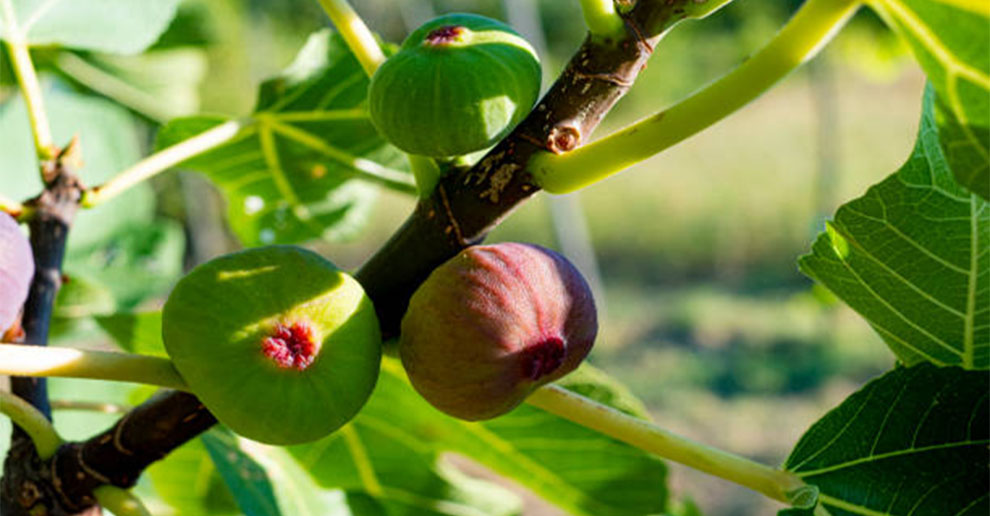
Typically, most fig trees bear fruits once or twice a year during their long lifespan. However, it predominantly depends on the grown variety and the available environmental conditions.
In optimal conditions, the fig trees can yield two crops – a Breba crop in early summer on last year’s growth and a main crop in late summer or early autumn on new growth.
But factors like care, climate, and variety influence the abundance and fruiting frequency. With proper care, fig trees can bear fruits for several decades, offering a bountiful harvest over the years.
Do Fig Trees Stop Producing?
Yes.
Fig trees eventually reach a point where fruit production ceases. It may occur because of multiple factors, such as environmental stress, diseases, or age. When the tree grows older, its fruiting capacity reduces, resulting in smaller or fewer harvests.
Moreover, inadequate care, extreme weather conditions, or pest infestation may lower fruit production.
Though well-maintained fig trees can bear fruits for several decades, there comes a time when their productivity naturally declines, signaling the culmination of their fruiting cycle.
What Can Shorten The Fig Tree Life Expectancy & Signs Of A Dying Fig?
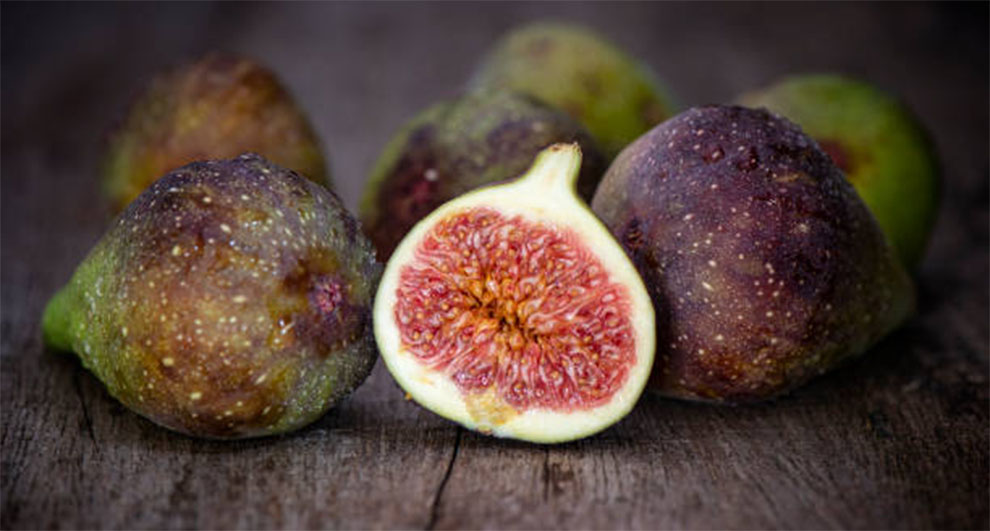
Several factors may shorten the Fig’s life. Protracted exposure to harsh weather conditions, such as prolonged drought or severe frost, can weaken or stress the tree.
Improper watering, poor soil quality, and neglecting regular maintenance can also result in a shorter lifespan.
Some signs of a dying fig tree are yellowing or wilting leaves, lack of new fruit or shoot production, and stunted growth. In addition, diseases or pests, such as fungal infections or root rot, can imply severe underlying issues, which may cause the tree’s decline.
